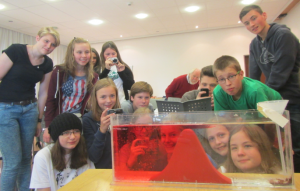
The story of Robert and Susan (Biggs, 1999)
I attended iEarth’s GeoLearning Forum today and yesterday, and had a lot of great conversations with amazing students from the four iEarth institutions: Universities of Bergen, Oslo, Tromsø, and UNIS.…

